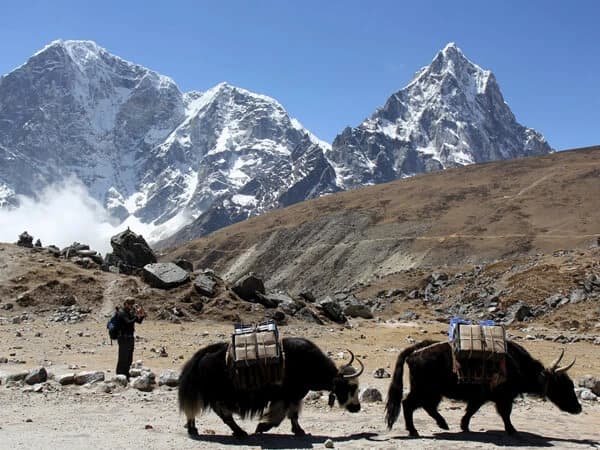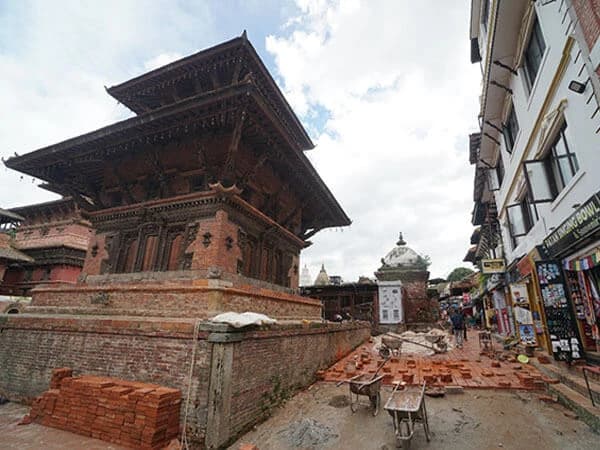Nepal diverse population, which has equally varying traditional and cultural approaches, can best be explored through trekking. Interaction with the local population to learn about their lifestyle and enjoy age-old traditions best fits the equation when travelers can live together with the local people. Homestay tourism in Nepal is best suited for this purpose.
Introduced by the Nepal Government in 2011, homestay tourism was purposive in providing lodging to the one million tourists expected to arrive there that year. In such a situation, the scarcity of proper shelter would have been mayhem. Thus, homestays were highly prioritized to mitigate this catastrophe as this was the best alternative to building the infrastructure quickly and efficiently instead of investing in separate lodges.
How to Set up a Homestay?
To set up a homestay, villagers must make fundamental changes to toilet and bathroom facilities and other decorations and reconstructions. This does not require much time to accomplish and puts less of an economic burden on villagers to build the infrastructure. Thus, homestays were much substituted by the classical trend of exploring Nepal by staying in lodges or camping on open grounds. This opened doors to many exciting destinations in the country that lacked lodging facilities. Trekking in Nepal also saw a new approach to introducing Nepal and Nepalese culture to the world in the most suitable fashion.
Sirubari in Syangja and Ghalegaon in Lamjung were the first places to introduce this approach to trekking. Later, other places like Kathmandu, Kavrepalanchow, Chitwan, Makwanpur, Gorkha, Ilam, Palpa, Kailali, Kalikot, and Nuwakot started to facilitate visitors with homestays.
Due to the close connection with the local population, visitors better understand the local livelihood. They often become ambassadors of the place to welcome other visitors from their country. This plan is also suitable for backpackers as they can explore more of the Himalayan country with a limited budget. Food and lodging are relatively cheaper in homestays. This also promotes the use of local resources and forms a significant element of eco-tourism.
Type of Homestay in Nepal: Community and Private Homestay
Community homestays and private homestays are two forms adopted in Nepal that use community buildings or private houses to provide shelter. Typically, bed and breakfast are provided in homestays, with meals upon request. Meals are prepared from locally available vegetables and livestock.
Homestay trekking helps local families earn money by working at home. At the same time, it allows tourists to enjoy the hospitality of the local people while learning and exchanging cultural elements. Many Nepalese youths have preferred working for homestays instead of migrating to foreign countries to earn a livelihood. This has empowered youth to participate in and form local plans and policies and has helped them contribute to the national economy. These days, the idea of homestay has even grown in urban areas contrary to the initial motive of the program. However, every form of homestay is beneficial in the same manner that the initial program aimed for.




